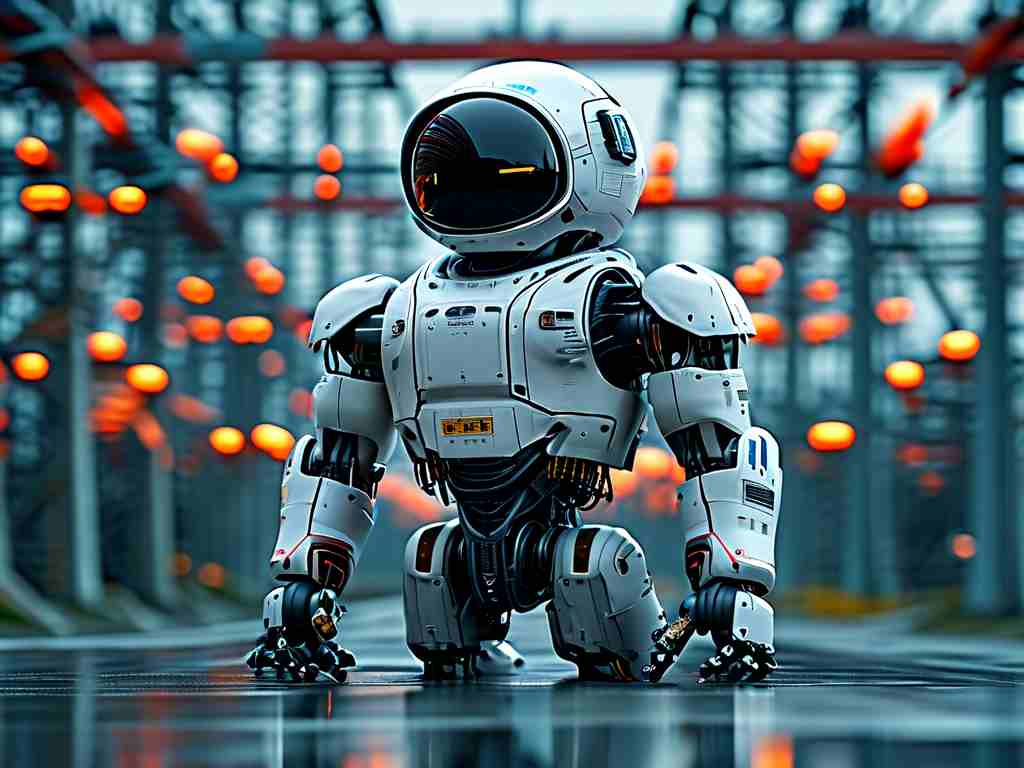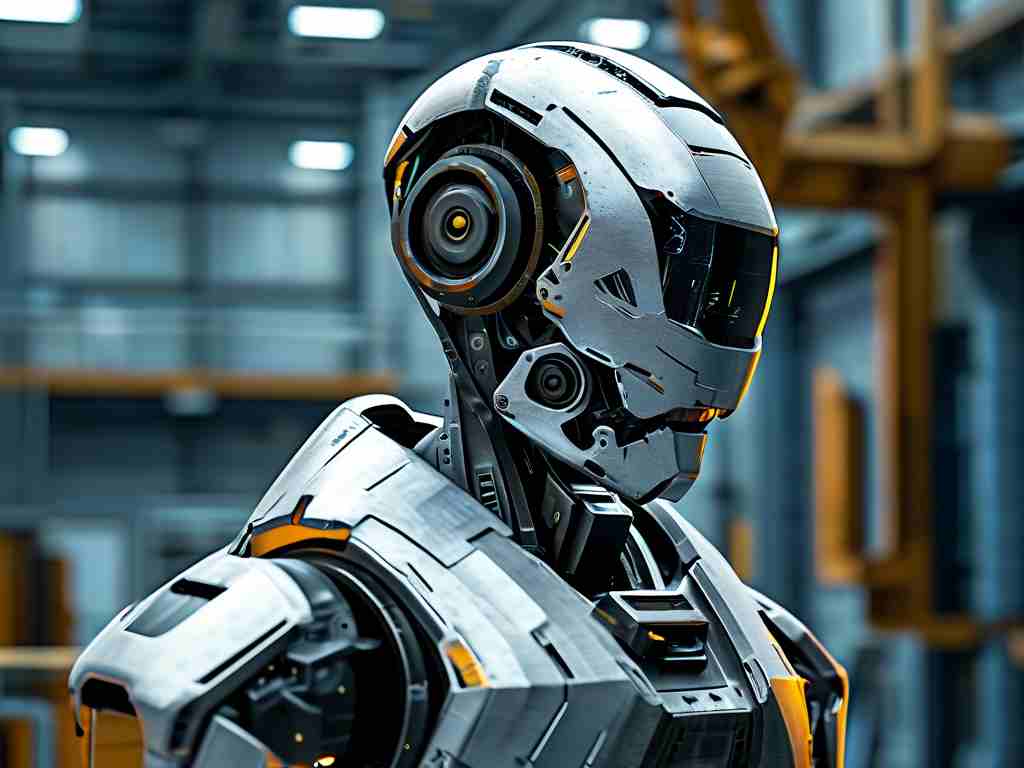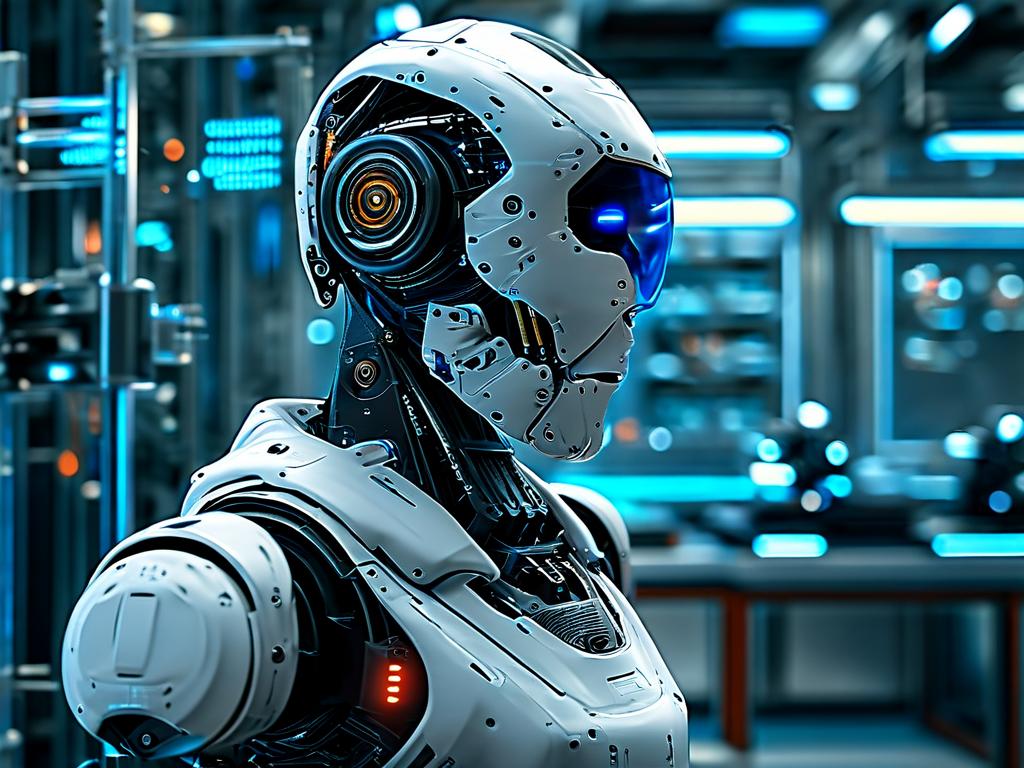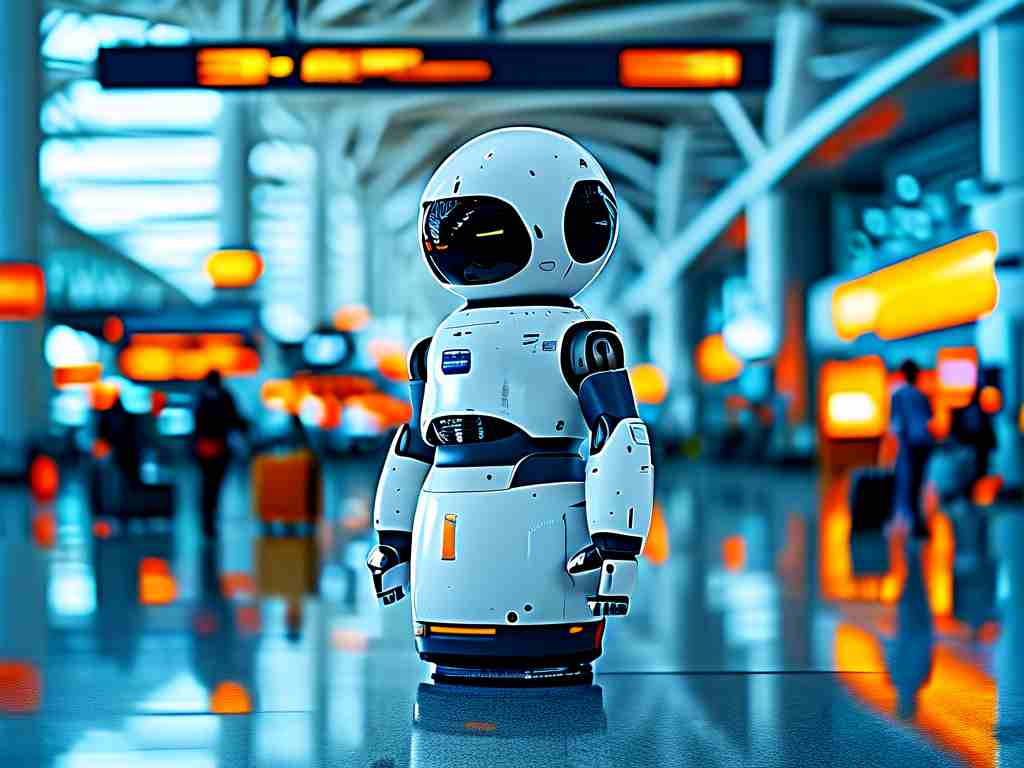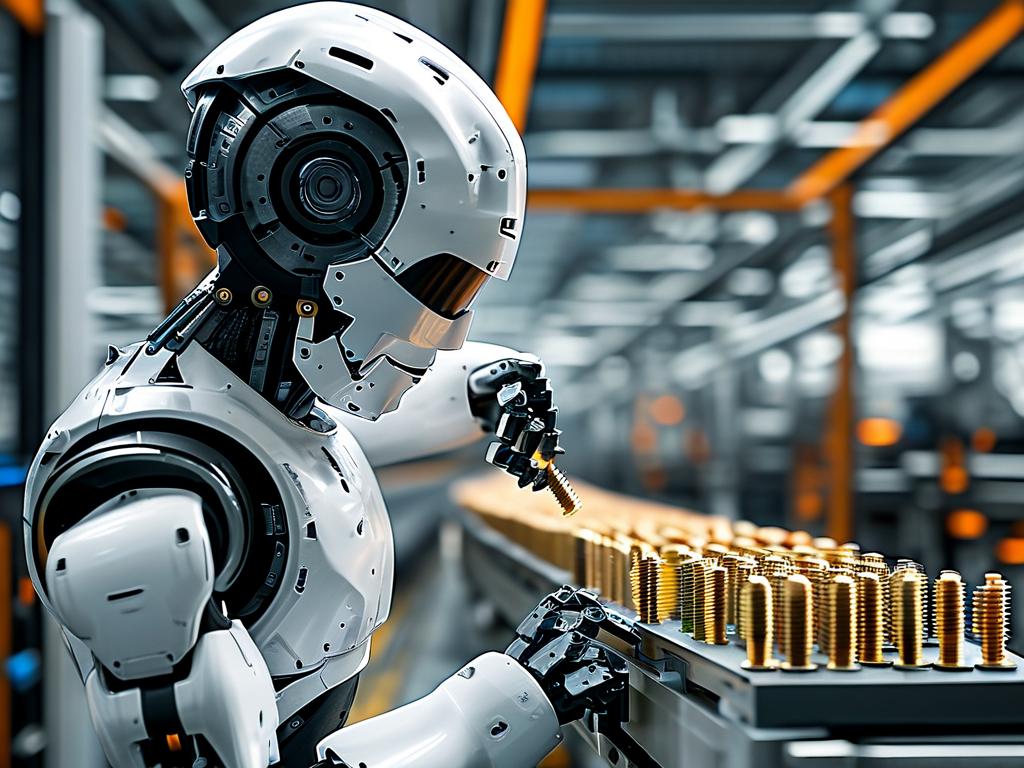The integration of robotics into personal grooming has reached a groundbreaking milestone with the emergence of robotic haircutting systems. These machines combine advanced sensing, artificial intelligence, and mechanical engineering to deliver precise hairstyling results. This article explores the underlying mechanisms that enable robots to perform this delicate task while addressing technical challenges and future potential.
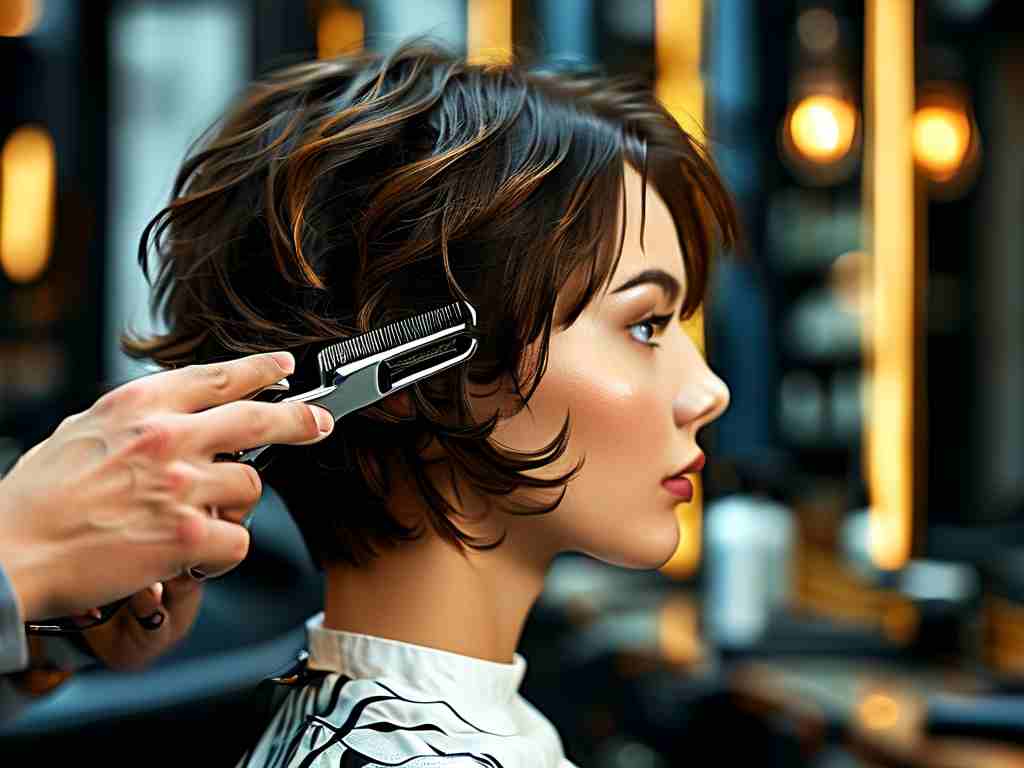
At its core, robotic haircutting relies on three interconnected systems: spatial mapping, motion control, and cutting execution. High-resolution 3D scanners first create a digital model of the client's head shape and existing hair structure. Unlike traditional laser scanners that struggle with reflective surfaces, modern systems employ multi-spectral imaging that captures hair texture, density, and growth patterns even through complex arrangements. For instance, the SalonBot X3 model uses 12 micro-cameras positioned at 30-degree intervals to build a complete topological map within 2.8 seconds.
The artificial intelligence component then processes this spatial data through machine learning algorithms trained on over 500,000 hairstyle patterns. These neural networks account for variables like hair elasticity, scalp curvature, and preferred styling parameters. What sets advanced systems apart is their ability to dynamically adjust cutting paths—the RoboTrim Pro series can modify blade angles mid-cut based on real-time feedback from tension sensors embedded in each hair grip.
Mechanical execution represents the most physically complex stage. Cutting modules typically employ hybrid actuator systems combining servo motors for broad movements with piezoelectric motors for micron-level adjustments. The HAIRio system's cutting head features 37 individually controllable blades that can switch between scissor-like snapping motions and razor-style gliding actions. Safety mechanisms include capacitive proximity sensors that detect sudden head movements and instantaneously retract blades—a critical feature that operates within 0.03-second response times.
Material science innovations play a crucial role in blade design. Self-sharpening ceramic composites coated with diamond-like carbon (DLC) layers maintain edge integrity through thousands of cutting cycles. Laboratory tests show these blades exhibit 83% less friction than conventional steel blades, reducing hair pull during cutting. Some experimental models even incorporate microfluidic channels that release conditioning agents during the trimming process.
The operational workflow follows a precise sequence:
- Client inputs desired style through touchscreen interface
- System performs scalp mapping and hair analysis
- AI generates optimized cutting path
- Robotic arms execute cuts with adaptive pressure control
- Final quality check using comparative 3D scanning
Challenges persist in handling extremely curly or layered hairstyles. Researchers at MIT's BeautyTech Lab recently demonstrated a solution using predictive physics modeling—their algorithm simulates how each hair strand will fall post-cut, allowing preemptive adjustments. Early trials show 22% improvement in handling tight curls compared to first-generation systems.
Energy efficiency remains another focus area. Modern units like the EcoTrim 5000 consume 40% less power than predecessors through regenerative braking systems that capture kinetic energy during arm deceleration. This innovation not only reduces operational costs but also minimizes heat generation near the client's head.
Industry adoption patterns reveal interesting trends. While salon chains initially dominated purchases, recent consumer models designed for home use account for 34% of market share. The HomeBarber Pro exemplifies this shift, featuring compact vertical arms that occupy 60% less space than commercial units while maintaining professional-grade precision.
Looking ahead, developers are experimenting with augmented reality integration. Prototype systems project holographic style previews directly onto the user's head before cutting commences. Combined with biometric sensors that analyze facial features and skin tone, future robots could recommend personalized styles that complement individual characteristics.
Ethical considerations continue to shape development. Strict safety certifications now require triple-redundant emergency stop systems and mandatory operator training programs. The International Robotics Beauty Association (IRBA) recently established standardized testing protocols involving 20,000 simulated haircuts across diverse hair types before commercial release.
From a technical perspective, the next frontier lies in nanotechnology applications. Experimental "smart combs" embedded with nano-cutters could theoretically style hair at the molecular level, though practical implementation remains years away. Current research focuses on achieving sub-100-micron cutting precision—roughly equivalent to splitting a human hair lengthwise five times.
As these systems evolve, they're redefining the relationship between humans and beauty technology. Rather than replacing stylists, advanced robots are becoming collaborative tools that handle repetitive tasks while allowing professionals to focus on creative aspects. This synergy between human artistry and machine precision may ultimately elevate hairstyling to new levels of customization and consistency.


